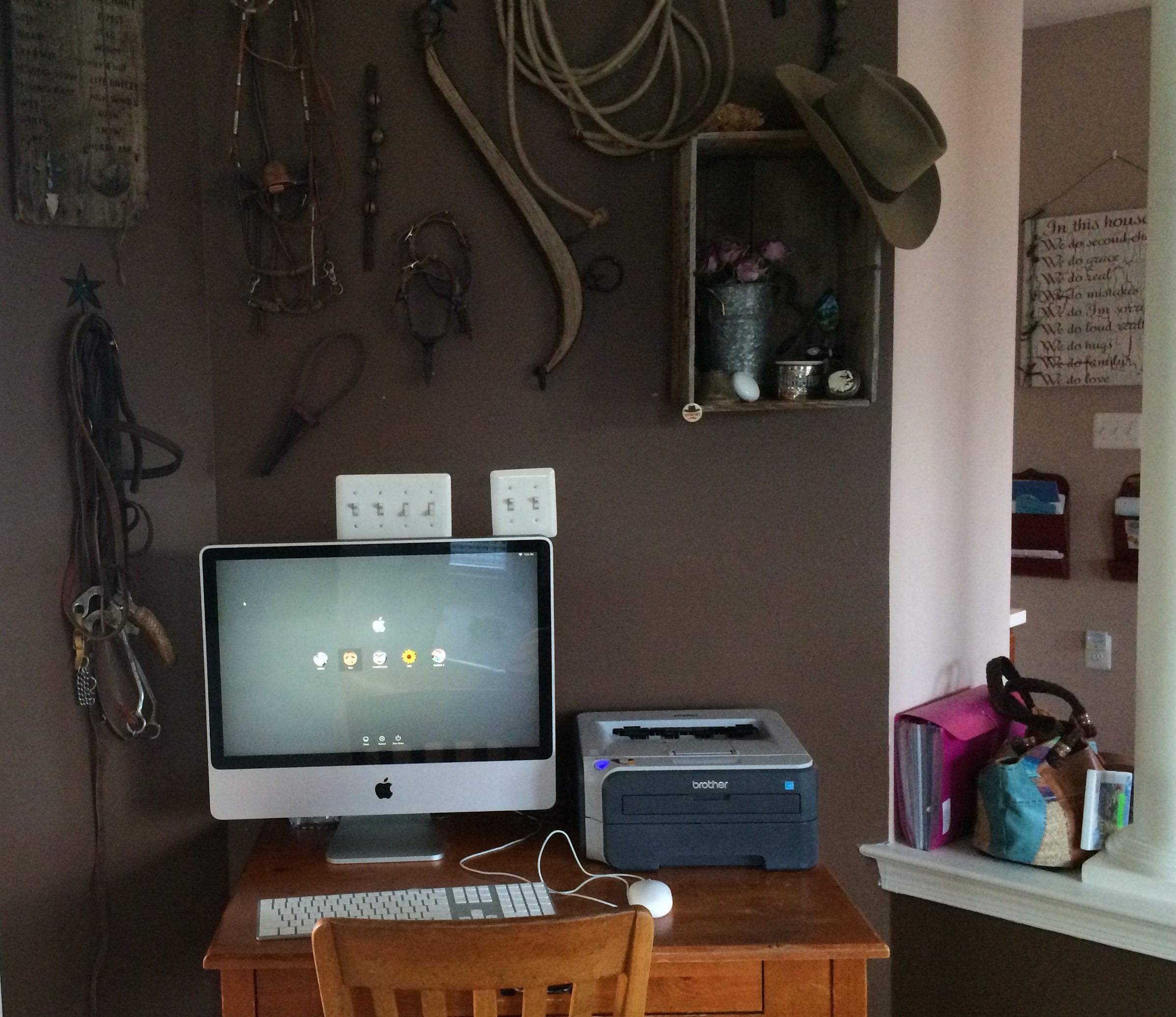
Why my kids’ computer is in the living room
[mashshare]
While visiting our home for the first time, a friend noticed the iMac sitting on a small desk in the corner of our very open living room. “That’s an interesting spot for a computer. Is that temporary?”
I laughed. “If by temporary you mean until all of my kids move out of the house, then yes.”
“But it’s so out of place.”
“Maybe,” I answered, “but you know what’s even more about of place? Pornography.”
As he nodded and the gears seemed to turn, I explained the painful lesson of another friend. Several years ago he discovered that his son’s first exposure to online pornography hadn’t come in a locker room, school bus or behind the backyard shed, but in his child’s own bedroom on the other side of a leaky web filter.
Think it can’t happen to you?
According to the 2014 Annual Report produced by Covenant Eyes, nine out of 10 boys and six out of 10 girls were exposed to pornography before the age of 18. Even the unintentional exposure is shocking: 28 percent of 16- to 17-year-olds have accidentally stumbled upon it. Perhaps most tragically, 15 percent of boys and 9 percent of girls have seen child pornography.
Yes, it can happen in your home.
Increasingly, parents equip children with desktop computers or laptops and don’t hesitate to give them privacy by setting them up behind closed doors in their bedrooms. Even with the best Internet filtering systems money can buy, that’s like placing pornographic magazines or movies on their bedroom bookshelf and hoping they don’t become curious.
Crossing our fingers isn’t enough.
Just do the research; no filter is flawless or fool proof. There is no greater barrier than the transparency that comes from computers being used in the high traffic areas of your home. As the axiom goes, often attributed to former Commandant of the U.S. Coast Guard Thad Allen, “Transparency breeds self-correcting behavior.”
Every home should set it own rules, but in our house, my children ask permission before using any piece of technology. Even my 15-year-old daughter asks permission for every single song or app download to her iPod.
Is it a bottleneck? Absolutely. Isn’t a little inconvenience a small price to pay for the safety of a child? And it isn’t just about inappropriate content – it’s about time. Parents should see what kids are doing on the computer and for how long.
Given that virtually every device in your home but your toaster has Wi-Fi capability, it’s good to have boundaries for things like smart phones and tablets. Carefully consider in your own family whether it makes sense to ban the laptop from your child’s room, but permit the tablet. In our home, none of my children are permitted to use smart phones or iPads in their bedrooms.
If you’re longing to be featured on the cover of Interior Design Monthly or participate in your local Parade of Homes, the ugly computer in the living room might be a deal breaker.
On the other hand, life is priorities. I doubt many have developed pornography addictions at a computer in the living room with the kids watching the Disney Channel a few feet away or playing Legos on the floor.
Let’s be blunt: Your computer in a public place is not the perfect solution. Unless you’re ready to unplug from the world entirely and move to the mountains, there isn’t one. We must remain vigilant and never let down our guard, no matter where the technology is placed. But this is a start worth the sacrifice.
Some may read this and think to themselves, “We can’t protect our kids forever.”
They’re right. But while we can, we should.
No, we must.
Click here to subscribe and be the first read Jason’s weekly columns and other posts. You’ll also hear about exclusive contests, freebies and sneak peeks of new projects.
“Like” this week’s column above on Facebook and you could win a free book. Each week, we pick one “Like” at random, and that reader receives an autographed copy of a Jason Wright novel. If your name is below, contact us to claim your prize.
Congrats to last week’s winner: Shirley Place
